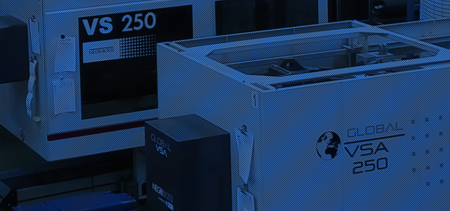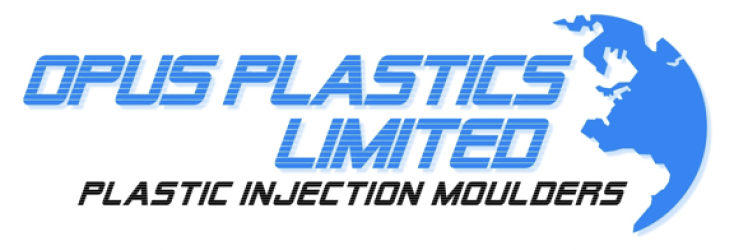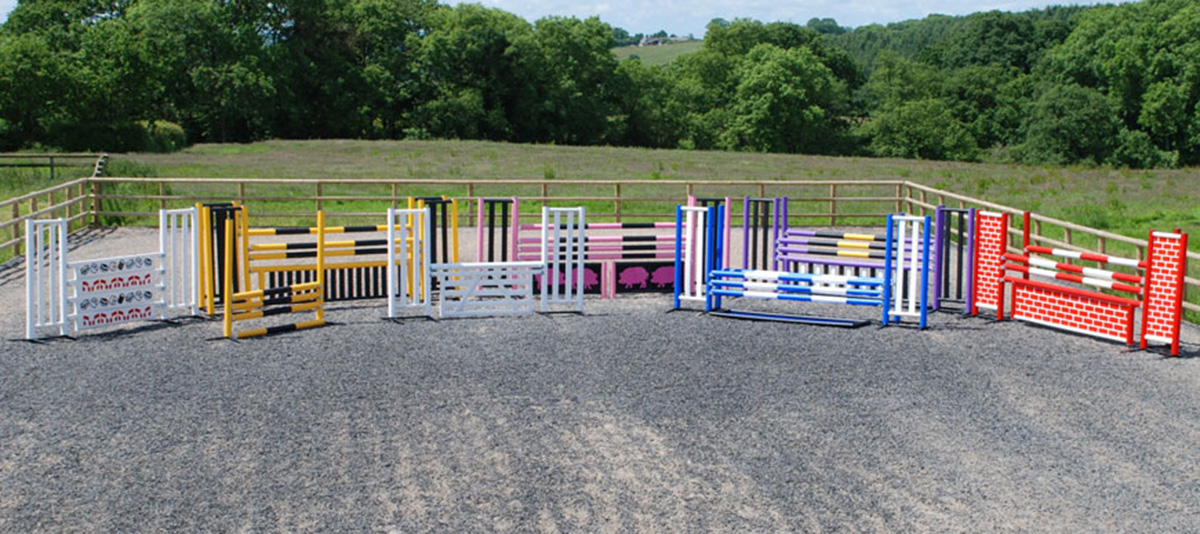Here at Opus Plastics, we are injection moulding and extrusion specialists with over 35 years of proven and tested experience in the field of plastic manufacturing. As such, we’ve learnt all about the necessary prerequisites for delivering high-quality extrusion design for customers in a variety of industries. From the intricacies of the finer details to dedicating enough time at the start of the project to ensure desirable results, we’ve put together just seven of the factors we think make for the best standard of extrusion design.
The Length Allowance
Whenever possible, designs need to adapt the required extrusion length depending on the properties of the material being used. All thermoplastics will contract and expand with temperature, and this unpredictable trait means that those restricted to a very specific length could face the unnecessary cost of altering the part or making significant changes to the end product to make it fit for purpose. As you can imagine, for customers that make thousands of parts at a time, this can be detrimental. As a general rule, a profile of 1,000mm in length can vary up to 3mm either side. Whilst higher processing and handling cost of cutting these to fit is unavoidable in some cases, we tend to account for this variation and adapt the product whenever possible. By preparing for this change, we are able to efficiently adapt the products as required.
Even Wall Thickness
A regular wall thickness in extrusion design will avoid difficult-to-control plastic flow, altering rates of cooling and an uneven finished product. We prioritise ensuring the walls are as consistent as possible and will spend a significant amount of time to ensure this, saving time in the long-run. We often provide large amounts of parts, so by getting this right in the first place we save the heart ache of thousands upon thousands of distorted profiles and dissatisfied customers who are awaiting their parts. This may delay the initial production process, but we can’t emphasise enough just how important it is for quality extrusion design.
Keep Detail to a Minimum in Hollow Profiles
The very nature of thermoplastic extrusion makes it almost impossible to achieve intricate levels of detail on the inside of hollow parts. High levels of detail require holding in place during calibration and there is quite simply no way to do so from the inside of a part. This kind of detail can be added, but only through opening up the part, which will of course incur a separate additional cost and is likely to increase your manufacturing expenditure tenfold. As a general rule, if it can be avoided, do.
Finding the Perfect Fit
Custom plastic parts will often need to fit another profile to create the final product and, for some industries, the perfect fit is a vital part of the functionality of the merchandise. Providing a sample of each part will increase the likelihood of an accurate fit and can help to eliminate any potential variations that could impact the effectiveness of the product.
Achieve Clarity with Clear Plastic Profiles
A clear rigid PVC is the cheapest material for those looking to cut down on cost but may affect the quality of the product as it does not produce the desired glass clear finish. PETG or Polycarbonate are better options for the see-through aesthetic, but just how clear you want or need the product can vary. Contact our specialist team here at Opus to discuss the requirements of the final product and our experts will be able to better advise on the ideal components at a cost that’s right for you.
Achieve Both Rigid and Flexible Properties with Co-Extrusion
Dual-density co-extrusion allows for already rigid profiles to have flexible components or for two profiles to be joined together by a flexible hinge. This is done through feeding separate materials through the same die and this opens up a whole host of opportunities for plastic extrusion. Complex parts can be created in mass volumes for high-quality products that can go straight from production to shelf in a very short amount of time.
Two Colour Co-Extrusion is Possible
Save on design finishes by opting for a two-colour co-extrusion, whereby both colours can be manipulated however the product requires. For example, one popular design choice is for one dominant colour and a secondary colour in the form of a stripe.
That concludes our list of just seven factors that help to deliver the high-quality extrusion design that all of our customers come back for time and time again. If you think your business could benefit from our plastic extrusion services, don’t hesitate to contact us today so that a member of our passionate team can discuss your wants, needs and preferences to find a solution that’s right for you. If you’re unsure on whether this could help your company and its operations, check out our recent blog post What Is Plastic Extrusion?


